
FIELD NOTES WINTER 2023 NEWS FROM WESTERN RESOURCE ADVOCATES
Accelerating Land Protection Through State Action: Conservation financing is an essential tool for meeting our ultimate goal of protecting and connecting our region’s most precious landscapes. 07 Doubling Down on Climate Change: 10 WRA’s new strategic plan utilizes the lessons we learned through the Climate Fix to evolve and elevate all of our work by actively scaling proven models across the West.
Our Love Letter to the West
Our strategic plan helps us refocus our goals of conserving our unique and irreplaceable landscapes. Pictured below: Yellowstone National Park.

While the transition to the new year is often a time of reflection and resolution, Valentine’s Day calls for something bolder and riskier — expressions of love, commitment, and appreciation. As we enter 2023, we do so with deep gratitude for the partners, donors, staff, and board members who make the work of WRA possible. We profess a genuine love for this place we call home — majestic and breathtaking, with unparalleled landscapes, wild rivers, captivating wildlife, and diverse people with rich histories and cultures.
At WRA, the West is our passion, and there is no doubt that climate change and its impacts are the biggest environmental threat we have faced during our 30+ year history. Fortunately, that history has also taught us valuable lessons — the most important of which is that smart, sciencebased action taken by states can be a powerful driver of change, significantly reducing carbon emissions and creating sustainable protections for rivers and lands in the face of climate change.
WRA has more than three decades of experience driving just such action to effectively address complex conservation problems. By integrating climate science and effective conservation measures into state policies and plans, and ensuring their implementation to achieve measurable outcomes, we can and have made a meaningful and timely impact for this place we love. We know the most substantive progress on climate change and its effects has happened at the state level. In fact, WRA has secured reductions of 76 million tons of greenhouse emissions in the last five years, and we know even more progress is ahead (see page 10 for an update on the Climate Fix).
2 LETTER FROM THE PRESIDENT
We profess a genuine love for this place we call home
This issue of Field Notes is about how WRA is recentering all of our efforts, everything we do, to fight climate change. We see our communities and biodiversity hurting and know that we have to act with boldness and urgency to turn the tide. WRA’s work on the ground where decisions get made catalyzes state policy and action, leading the West toward a carbon-free energy future.
This year, WRA is launching a new three-year strategic plan, one that has our deep love of the West at its core. We are committed to using our unique expertise and deep understanding of the region toward achieving three critical goals:
• Decarbonize electricity production and electrify other sectors of the economy to reduce greenhouse gas emissions by 120 million tons.
• Ensure states use 25% less water and protect the Colorado River and other key rivers.
• Protect 30% of Western lands in each major ecoregion and ensure commitments are in place to achieve 50% protection by 2050.

This plan recognizes the scale of the problems we face, leverages what we have learned, and refocuses all our resources to address climate change and environmental injustice. It responds aggressively, effectively, and with urgency and focus — giving us the best chance of protecting the West and the planet. You’ll learn more about the impact we aim to achieve in the coming months, and we will invite you to find meaningful ways to engage. We have set ambitious goals that we know we can meet, but we cannot do it alone.
We’ve already begun to take extraordinary steps to realize these bold goals. In late 2022, our sister organization sold its office building in Boulder to reinvest
those funds in WRA for this critical three-year period. We launched a new visual brand identity and website in early 2023 to demonstrate our commitment (see page 16 for more details). Our new site simplifies and streamlines the way we inform and engage people, knowing that fighting climate change and protecting land and water will take record levels of engagement and fundraising.
Long before many understood the implications of carbon emissions, WRA was driving a regional transition to clean energy. While we are proud and grateful for what we have accomplished, we face unprecedented challenges, many directly connected to the climate crisis. Our love for the West and commitment to our mission dictate that we act even more boldly.
WRA has over 70 staff working across seven states in the Interior West; while some have been in the region for generations, others are new arrivals. We are all rooted in and have love for our communities, recreate on the lands we work to protect, and see firsthand the consequences of climate change.

We hear stories of family farms struggling to survive because of water scarcity, neighborhoods and people disproportionately impacted by pollution, and Indigenous people continuing to fight for what is rightly theirs. We experience moments of peace and joy gliding through fresh snow in a quiet forest, casting in our favorite fishing spot, or biking a challenging trail with incredible views. These stories and moments give our work deeper meaning — we know that our work touches people’s lives as well as the land and waters we love. We also know it’s about ensuring that future generations are able to have similar experiences because we have been willing to do what’s hard and have taken the actions needed to leave a legacy of a healthy, thriving West.
I hope you feel WRA’s love for the West in everything we do — because we’re not leaving this work to chance. We thank the individuals who shared the reasons they love our region in this issue, and invite you to do the same. We extend our best wishes for a
GOLDIN-DUBOIS | PRESIDENT
 JON
JON
WRA’s Newest Government Affairs Manager
One of the most uncommon things you can hear from someone in southern Nevada is that they were born and raised here. I take pride in saying that Las Vegas has always been my home. Outside of the Las Vegas Strip are hardworking families who contribute so much to their communities. We also have picturesque parks and endless opportunities to get outdoors and explore — though not everyone experiences these the same.
Growing up, I loved to play outside with my friends. We’d often go to the basketball courts to practice for my future career as an NBA player. (It didn’t quite work out that way.) When I would come back home, my mom would listen to my breathing to see if she could hear wheezing in my chest. Like many other kids in my community, I suffered from asthma. Sometimes at night, when I would struggle breathing, my mom would rush me to the hospital to get a new inhaler and take a breathing treatment.
After graduating from the University of Nevada, Las Vegas, I had the chance to work for U.S. Senator Harry Reid in his Las Vegas
office, where I led outreach to public land groups. I had spent my whole life in Las Vegas, but never realized there were public lands in my backyard. I knew of the Red Rock Casino, but never knew that Red Rock Canyon existed.
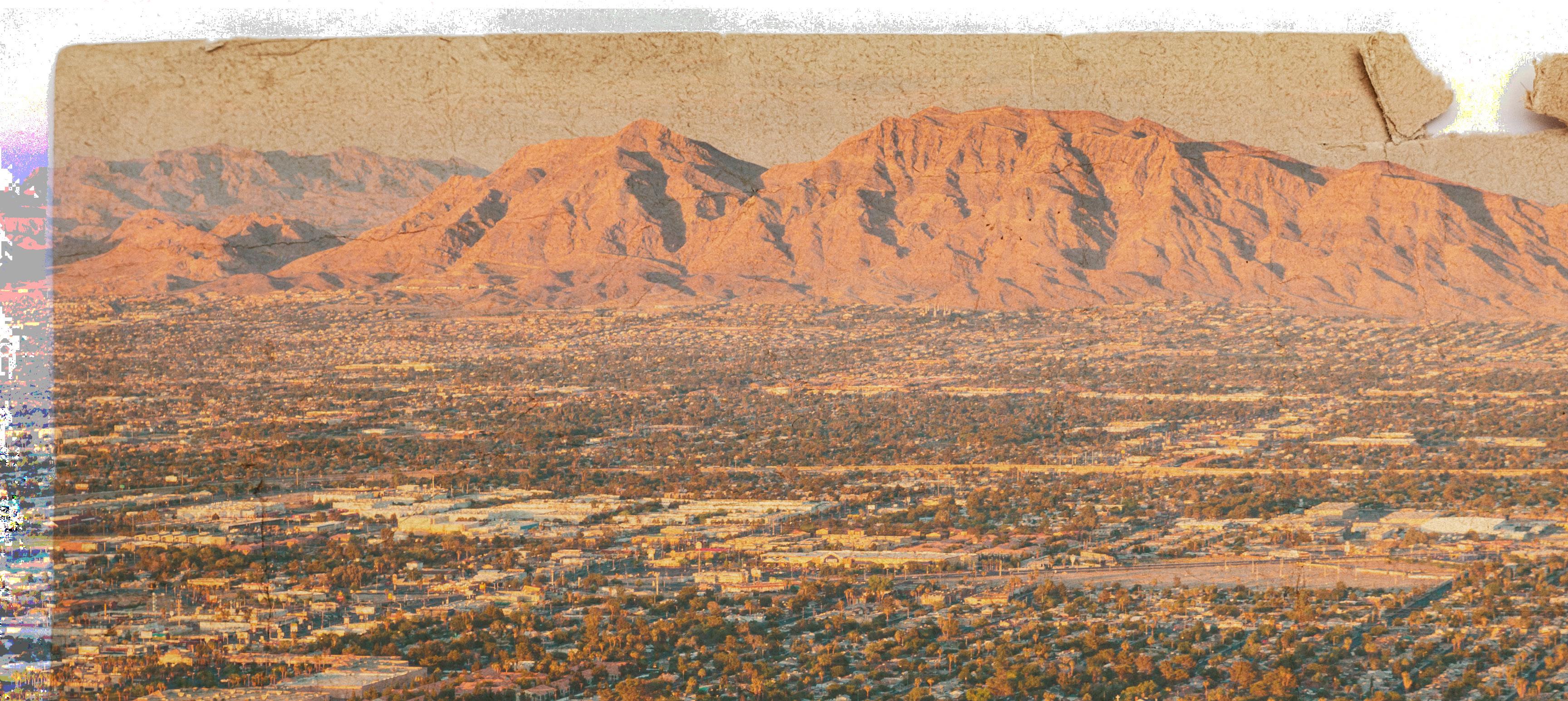
It was also during this time that I learned that many of my breathing challenges may have been linked to the heavy pollution I experienced in my community. Low-income communities like the one I grew up in tend to be exposed to more pollution than affluent communities. But it doesn’t have to — and shouldn’t — be that way.
One of the ways we can advocate for equitable access to fresh air is through the transition to electric vehicles. Transportation is the biggest source of pollution in the world, and this disproportionately impacts racial minority communities who often live near major highways and roads. And despite being greatly affected by the effects of pollution, these communities aren’t always given a seat at the table to share their stories. I hope to change that.
Jermareon Williams
MEET OUR EXPERTS
Las Vegas will always be home for Jermareon. Sunrise Mountain is one of the places that he works to protect for generations to come.
As a government affairs manager for WRA, I have the opportunity to go to the Nevada Legislature and advocate for laws that will protect all communities. Something that I am excited to champion this upcoming session is a medium and heavy-duty vehicles bill drafted by WRA that assemblyman Howard Watts is sponsoring. This bill will provide incentives to Nevada businesses and citizens transitioning to electric medium and heavy-duty vehicles. Making this transition will greatly reduce air pollution and greenhouse gas emissions, which will lead to cleaner air for all Nevadans — a fundamental right for every person, regardless of race, education, or income.

Williams


The Jemez volcano in northern New Mexico belched out a pink plateau of volcanic ash that fingers over the Rio Grande as the river sneaks away from Colorado’s San Juan Mountains for warmer country to the south. I can stand on the ash plateau and imagine millions of years of rocky upheaval that created this graceful sweep of valleys, snowy peaks, and human stories layered before me. Watch those ducks far below arrowing over river rapids. See distant Colorado peaks peeking over the north horizon. Feel the decades of adventures here, my chosen enchanted corner of my beloved West.
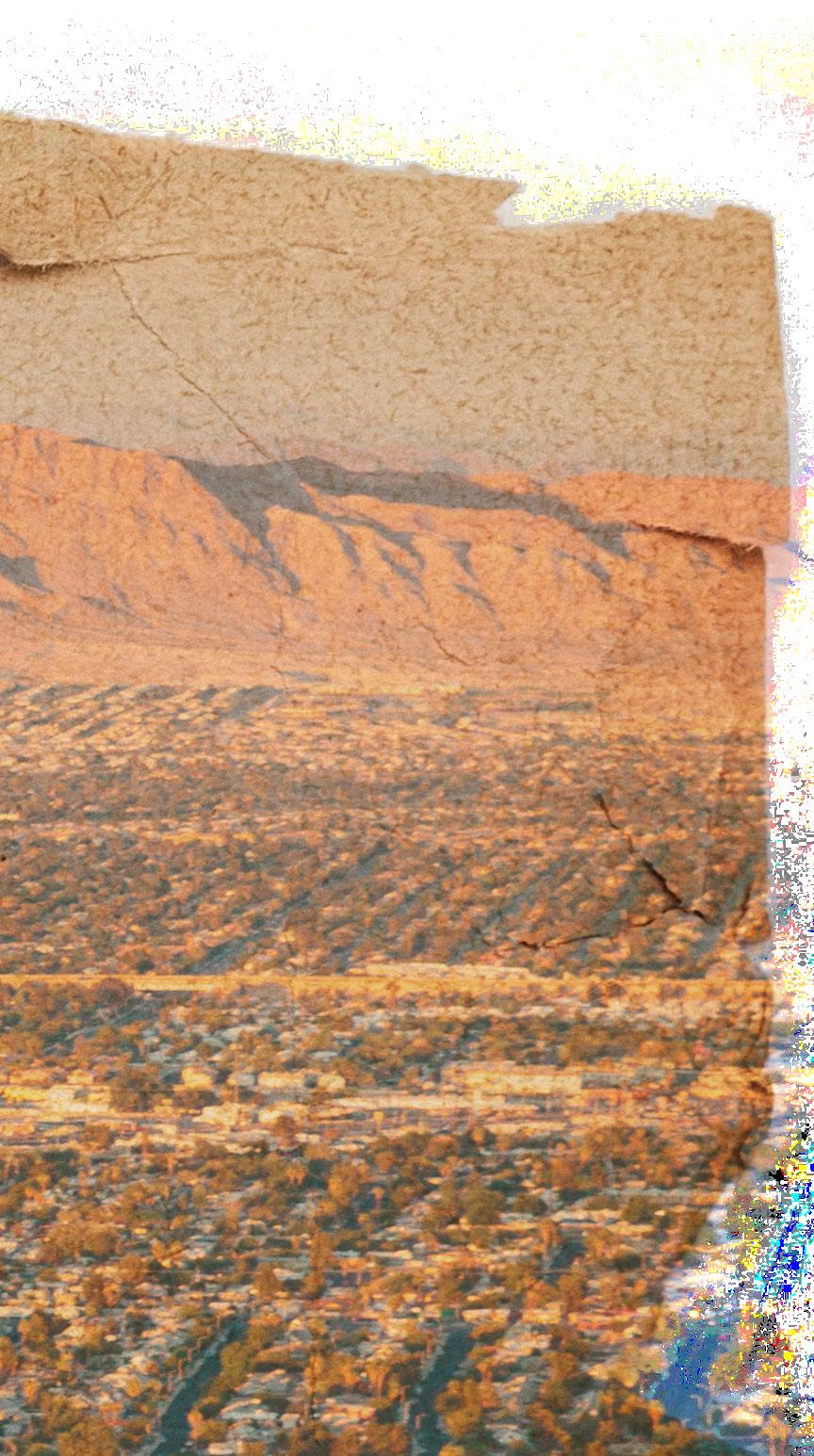
I get to wake up every day knowing I’m doing something to protect the state that I love and ensure a healthy future for the next generation of Nevadans — one where you’ll hear more people proudly proclaim, “I was born and raised here.”
TOM RIBE
SANTA FE, NEW MEXICO
2022-2023 Sponsorship Recognition



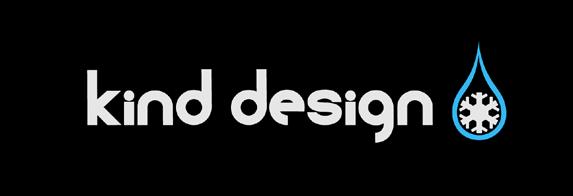

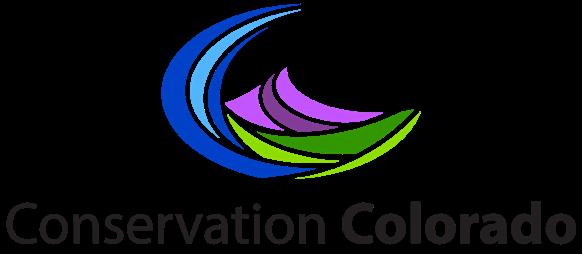

We are so grateful to these sponsors for their support and commitment to fighting climate change to sustain the environment, economy, and people of the West. Your partnership matters and is making a difference.
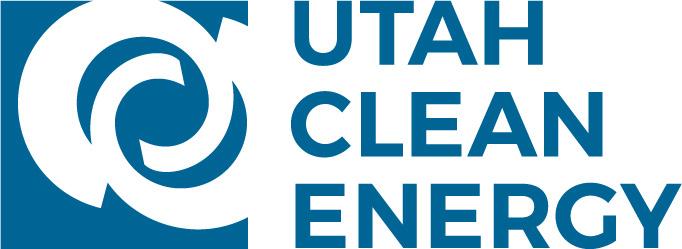
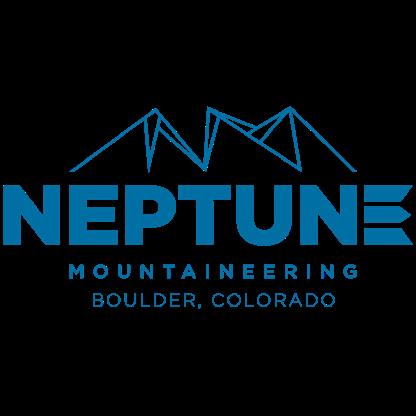
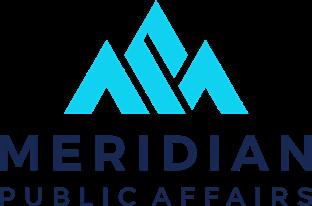



PREMIER
SIGNATURE SUPPORTING

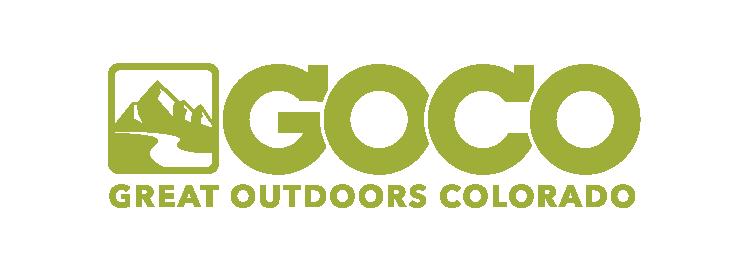

6
Conservation Financing: Accelerating Land Protection Through State Action
 By Jon Goldin-Dubois
By Jon Goldin-Dubois
Conservation financing is an essential tool for meeting our ultimate goal of protecting 30% of Western lands.
After the holiday season, I’m always happy to return to my daily routine. Don’t get me wrong, I love seeing family and friends and enjoying the special foods of the season. However, the year-end hustle and bustle helps me appreciate the quiet of my cabin in February and its simple pleasures, like catching sight of a masked ermine or a deft red fox dashing across the snow.
Unfortunately for the ermine, fox, and so many other species, humans’ use of land for food production and development is driving biodiversity loss. According to the United Nations, “human activity has already altered over 70% of all ice-free land.” When combined with warming temperatures, development and climate change are propelling a dire loss of plants and animals.
Fortunately, states have a powerful tool that can significantly help protect biodiversity. By using legislation and ballot measures to generate public funds for conservation priorities, states can accelerate the protection of vital habitat and safeguard biodiversity in a warming climate. Conservation financing can fund important efforts such as purchasing land to create protected areas, funding restoration of degraded habitats, creating matching funds to secure additional federal resources, and establishing ecological and economic benchmarks that drive sustainable land use.
Over the past two years, WRA developed policy opportunities and started coalitions that resulted in $110 million in appropriations to conservation in Colorado and $95 million in New Mexico following on the heels of federal aid to states. Through the designation of watersheds as Outstanding National Resource Waters and protections to streams added by the reformed Colorado Oil and Gas Conservation Commission, WRA secured new or added protections for approximately 6.75 million acres in Colorado and over 1 million acres in New Mexico. These important wins illustrate the enormous potential of how effective state policy and conservation financing can accelerate land conservation.
We still have a long way to go — nearly 2 million acres of state trust lands in Colorado have no protection from oil and
gas and other mineral development. Colorado has the most robust conservation funding in the Interior West, with the Great Outdoors Colorado program investing over $60 million per year in conservation programs through lottery revenues, and the Keep Colorado Wild Pass hoping to generate another $30 million. However, we need to grow the state’s investments in land conservation by at least an additional 50% to adequately protect land at a scale that will support resilient biodiversity.
New Mexico is home to one of the most diverse landscapes in the U.S., yet with no permanent source of conservation funding, the state is abandoning millions of available federal funds on the table each year and leaving lands critical to habitat, wildlife, and recreation and important cultural sites unprotected. These lands and waters play a critical role in the cultural and economic lives of those who call it home. Nine million acres of New Mexico state trust lands lack any kind of legal protection, and New Mexicans have inequitable access to those places. WRA is helping shape a widely supported conservation funding bill during the 2023 legislative session that would be the largest investment in climate resilience in state history.
Conservation financing is an essential tool for meeting our ultimate goal of protecting 30% of Western lands in each major ecoregion by 2030 and ensuring mechanisms are in place to achieve 50% protection by 2050. That’s why WRA is prioritizing our efforts to develop and secure conservation funding over the next three years. Raising and managing capital to support land, water, and resource conservation is an important lever that states can and should use to accelerate habitat protection. WRA will work regionally and on the ground in seven Western states to develop and integrate conservation financing into state policies, strategies, decisions, and plans — ensuring it is successfully used to protect the lands we love, increase climate resilience, improve equitable recreational access, protect cultural sites, and preserve biodiversity.
7 NEWS FROM THE FIELD
Conservation funding can help accelerate habitat protection for many Western wildlife species, like the sandhill cranes in Colorado.
The Intersection of Climate and Justice
WRA believes in a West where diversity of people and biodiversity thrive. We work towards a future where conservation policies and practices in the Interior West are drivers of equity and are sustained politically, socially, and economically through diverse people and partners who have a shared vision for their communities.
It is no secret that the conservation movement has regularly failed people of color. Additionally, there is a long history of systemic and societal inequitable treatment of Indigenous populations in the Western United States. Over the last four years, WRA has developed a deeper understanding of how social inequalities threaten both lives and livelihoods of people across the West. While every person is affected by the climate crisis, diverse communities and Black, Indigenous, Latino/ Latina, Asian, multiracial, and biracial people bear a far higher burden from climate inaction. In addition, these individuals and communities have, to a large degree, been excluded from decision making where conservation policies are designed and advanced, which has had and continues to have a detrimental effect on many aspects of their lives.
We can’t adequately or appropriately address climate change without addressing environmental justice and working closely with those most impacted by the complex problems facing the West. We cannot promote equity without first acknowledging that historically oppressive systems and societal constructs have contributed to differing opportunities, access, and resources for many in our nation and the Interior West. We recognize that there can be no climate justice without significant pollution reductions, focused in areas that have, for far too long, borne a disproportionate burden of climate pollution. This is the cornerstone of our plans in 2023 and beyond.
WRA leverages its policy and advocacy expertise to integrate and drive conservation equity by working in partnership with those most impacted by policies of the past, co-developing solutions that affirmatively benefit disproportionately impacted and low-income

Utah is a unique place on this Earth, sculpted by glaciers, polished by wind, gouged by rivers and buried by sediment from ancient lakes. Hydrology and geology tell stories wherever I go, stories that remind me how the Earth here and everywhere is very much alive. Great watersheds like the Colorado River and the Great Salt Lake are like intricate circulatory systems that spread energy and life throughout the region. I love the energy of this amazing place where I need only to put my hands in a flowing river to remember how we and the Earth are bound together.
NICK SCHOU | WRA

UTAH GOVERNMENT AFFAIRS
UTAH
MANAGER
WRA strives to create a future where the West can be enjoyed by all.

9
Scaling Proven Solutions: Doubling Down on Climate Change


In 2003, long before others were acting on or, sadly, even acknowledging the effects of rising temperatures and climate change, WRA launched an innovative program to advance clean energy and reduce greenhouse gas (GHG) emissions. We knew large-scale reductions in carbon emissions were needed to divert the catastrophic effects of climate change. We knew the stakes couldn’t be higher and that the problem called for creatively using our expertise. This early start in renewable energy policy and advocacy as a means to fight climate change helped WRA grow into a leading clean energy expert.
Using what we learned from 15 years of clean energy work, WRA then initiated a bold plan in 2018 to significantly scale this work to do our part to combat the impacts of the climate crisis. The Climate Fix is a seven-year initiative to decarbonize the power sector on a regional level and reduce GHG emissions at a magnitude that has meaningful impact. Our original goal was to cut carbon emissions in the West 40% below 2016 levels by 2030. At the time, many factors made it hard to believe that was possible, including that coal was far less expensive than renewables. To boost our capacity and counter that reality, in the ensuing years we have more than doubled the WRA staff working on clean energy and cutting climate-warming emissions.
The Climate Fix relies on our deep expertise of driving state policy as a lever for transformational change. To achieve rapid, large-scale reductions from the energy sector, we focused on the region’s seven largest utilities, who were at the time responsible for over 70% of regional GHG emissions. After significant work by WRA, Xcel Energy was the first in the region and nation to set goals to reduce GHG emissions from its electricity system to be broadly in line with climate science — 80% by 2030 and 100% by 2050.
Using
the Climate Fix as a model, we will be able to reach our conservation goals in the face of climate change and its effects.
The announcement by Xcel in 2018 was a watershed moment demonstrating that our model of developing policy solutions and working directly with utilities and decision makers could drive significant change. In part due to our advocacy, other utilities followed suit: Public Service Company of New Mexico, Arizona Public Service, Tucson Electric Power, and PacifiCorp all subsequently announced decarbonization goals. Holding key stakeholders accountable to these goals and ensuring they actually achieve them is where the true impact of the Climate Fix happens.
We are proud to report that we have made extraordinary progress in securing public
Donor support has been key in making this remarkable progress possible. WRA has raised nearly $30 million of the $56 million necessary to decarbonize the power sector in our region on a meaningful scale. Highlights of our shared successes include the following:
• We passed the region’s very first, and one of the nation’s first, clean heat bills that will force utilities in Colorado to reduce emissions from natural gas by more than 25% by 2030.
• We developed a policy framework and a set of best practices for GHG accounting. An accurate and consistent GHG accounting system is important in order to measure and ensure that state GHG reduction goals are being met and that emissions reductions are not double-counted.
• In 2021, over $300 million of utility transportation electrification investment was approved in Colorado, Nevada, New Mexico, and Utah — and WRA played a lead role in developing and securing regulatory approvals for these plans. Before these plans were approved, utility investment in our region totaled only $30 million. This investment will lead to thousands of new charging stations, provide rebates for the purchase of electric vehicles (EVs), help manage the new charging load, and ensure equitable EV adoption benefits.
• WRA helped Colorado, Nevada, and New Mexico adopt Advanced Clean Cars I standards and is advocating for these states to adopt Advanced Clean Cars II standards and Advanced Clean Truck rules in order to increase the percentage of sales of zero-emissions cars and trucks. The ultimate goal is 100% EV sales requirements by 2035.
commitments from states and utilities to reduce emissions. We have secured 76 million tons of yearly GHG reductions — over 70% toward our goal of securing our increased commitment to cut 105 million tons of carbon emissions by 2025. And as our success and confidence have grown along the way, so have our goals. While transforming the power sector is instrumental to the Climate Fix, it is not enough. WRA added emissions reduction goals of an additional 10 million tons and 5 million tons from the transportation and building sectors, respectively. We are well on our way to achieving the Climate Fix goals, and in the process are transitioning the West to a carbon-free future.
The Climate Fix proved that WRA can set ambitious goals and achieve real change at the scale necessary to combat climate change. We also learned other valuable lessons that we are using to plan our work over the next three years:
Start small to go big.
Solutions to a large-scale problem start by moving the right lever to force change. With proof of concept, the approach can then be a model applied to other complex challenges.
Play to your strengths.
WRA’s impact comes from our ability to develop and drive science-based state policies in key decision-making forums. As one of the few organizations that works in these nuanced settings, WRA is uniquely positioned to create profound progress and long-term change, and to hold decision makers accountable.
Urgency requires accountability.
Achieving large and complex goals requires setting and meeting specific targets and milestones to stay on track and gain momentum toward winning solutions across the region.
Clean energy is only part of the solution.
The impacts of climate change are far-reaching and will require many different solutions, calling us to use all available resources as well as learn from and duplicate successful models.
WRA’s new strategic plan utilizes these lessons to evolve and elevate all of our work by actively scaling proven models across the West and doubling down on climate change. In the next three years, we will propel state action to continue to significantly reduce carbon emissions and create sustainable protections for rivers and lands in the face of the climate crisis. You can count on WRA to work diligently as a climate leader that drives quantifiable reductions and impressive outcomes — our collective future depends on it.
11
3 Ways to Make A Sustainable Gift
It can be easy to feel despair with a doubling population, hotter and drier weather, climate pollution threatening our health and well-being, and demands on water and land growing far beyond sustainability. However, there is hope.
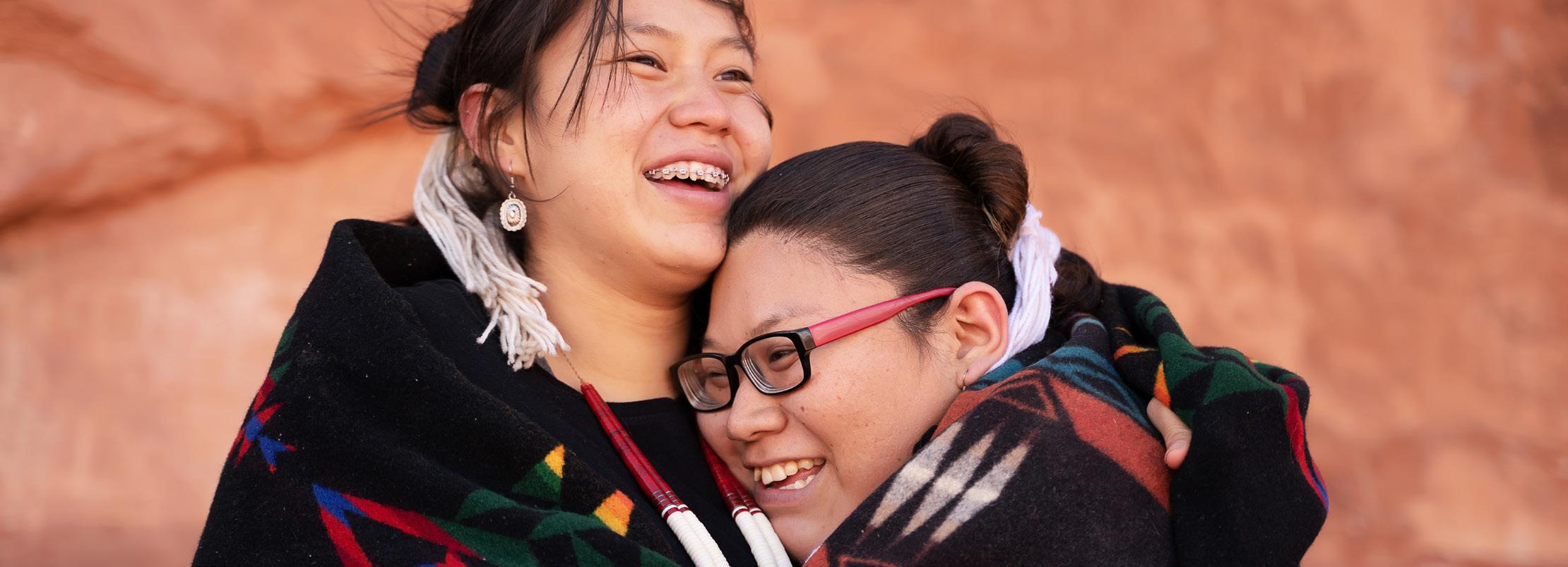
WRA is doing the important work of creating a healthier and more equitable future for all our communities. We’re using every tool we have to tackle the largest sources of carbon pollution, protect and restore our rivers and water supply, and connect the West’s unparalleled landscapes. The mounting impacts of the climate crisis require us to act aggressively to address them and accelerate our timelines. We need to maintain a hard and fast pace
01 Monthly Giving
to successfully chart a different course in this critical seven-year window that we have to fight climate change; we call on donors to urgently scale up with us. Fortunately, there are many different ways to build a more hopeful future through your giving, no matter the amount.
Sustaining gifts — those that repeat or can be counted on in the future — help WRA plan for and drive the sophisticated policy needed to solve complex problems. They offer an easy way to boost the power of your giving. Meet three WRA donors leveraging their philanthropy to create sustaining support in the fight against climate change.
For Chris Tallackson, his commitment to conservation started with his first job and has carried on throughout his career. While growing up in Oregon, the first state to enact a bottle bill setting a minimum refund value, Tallackson worked as a bottle sorter in high school. He saw firsthand the many benefits of environmental legislation, including job creation and recycling. Fast-forward, and Tallackson landed on the development team of WRA in 2016. He gained a deep respect for WRA’s reputation as a trusted, well-informed, and determined advocate for balanced solutions that enhance the health and vitality of communities.
Now working for the state of Utah, Tallackson gives monthly to WRA, allowing him to take his philanthropy to a higher level than an annual gift. He loves living amid the expansive and inspiring beauty of the West and trusts WRA to deliver on its mission of protecting that wildness. “WRA exemplifies the role of an impartial expert, setting ambitious goals and tackling the biggest solutions by engaging decision makers over the long haul,” Tallackson says. Giving monthly as a sustaining donor is one of the ways he lives out his continued commitment to conservation.
12 DONOR SPOTLIGHTS
Making sustainable gifts today can help create a better future for all our communities in the West.
02 Multi-Year Pledge
As a young man, Bob Benson fell for the grand openness and welcoming character of the West on work trips from his home in Washington, D.C. He and his wife Cynthia took a chance and relocated to Colorado in 1975, raising their family in Evergreen. The Bensons established a family foundation in 2002, formalizing giving as a family affair. When their children, then young adults, highlighted rising temperatures as a critical area needing to be addressed, WRA was one organization that rose to the top in terms of approach and impact. Since then, the Bensons have been steadfast supporters and valued partners.
Early in his career, Benson learned that audacious projects take a great deal of time from conception and development to implementation and evaluation. He believes the same is true for the major policy shifts WRA is working toward. The Bensons made a generous three-year pledge to support the urgent progress needed by 2025 to meet critical 2030 goals in the fight against climate change. Benson reflects, “When WRA shows up, they’ve done their homework and present informed, compelling cases that clearly identify the problems and propose pragmatic solutions. At the end of the day, decision makers have to make thoughtful decisions utilizing sound information.” This leading multi-year investment by the Benson Family Foundation provides much-needed resources to advance clean energy and protect air, land, water, and wildlife through state-based policy.
03 Planned Gift
A move to Arizona from the East Coast in 2021 changed the way Susan Collins perceives and interacts with environmental issues. With a passion for animal conservation and the natural world, Collins is in daily awe of where she lives. Her work as Deputy Head of Interpretation and Resource Education at Grand Canyon National Park gives her direct experience with the impacts that we have on our environment and their many implications. She sees not only how interconnected we are as human beings, but also with our environment and ecosystems.

Collins was drawn to WRA’s holistic approach to environmental issues, one that seeks to combine the cultural heritage of Indigenous people with hard science to reimagine how we engage with nature. When it came time to update her will, she was inspired to allocate gifts to organizations working on issues she cares most about. “I don’t have a lot to give right now, but should I die, I would have big enough retirement wealth that could hopefully make a difference. I feel strongly that I want any inheritance that I have to go to something bigger. I think that it’s important to contribute, and this is one way that I can,” Collins shared. Impressed by the quality of WRA’s work and our engagement with her as a donor, she felt that including WRA as a beneficiary was an easy choice. WRA is honored and grateful to have Collins’s trust and support to continue to make solutions possible long into the future.
We are incredibly grateful for these and all WRA supporters who have partnered with us to realize countless wins for the environment over the last 30+ years. Our new strategic plan offers donors to WRA continued opportunities to support bold and urgent action in the fight against climate change. Addressing the complex issues we face requires all available resources and calls on us all to do what we can to live within the limits of the natural world. We’d be honored to work with you to leverage your giving to shape a better future.
Please contact Abby Dunn, Director of Development, at abby.dunn@westernresources.org if you’d like to discuss your philanthropic impact.
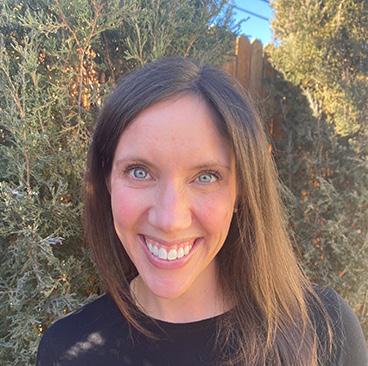
13
OUR IMPACT
7 STATES
To do our part in the fight against climate change, WRA works across seven states in the West to advance clean energy and reduce emissions, save water and protect rivers, and protect lands and access.
33 YEARS 45 BILLS
were passed in support of tackling climate change and protecting rivers, lands, and air.
Founded in 1989, WRA has a 33-year history of on-theground, solutions-based climate change impact.
HEALTHY RIVERS
WRA led policy development and advocacy at the Colorado Legislature for the successful passage of a turf replacement program that provides $2 million in funding for Coloradans to replace high-water grass landscaping with water-efficient landscaping.
WRA supported Colorado in designating over 520 miles on 25 streams across southwest Colorado as Outstanding Waters, marking the adoption of the largest community proposal for Outstanding Waters in Colorado’s history.

WRA helped block the Lake Powell Pipeline and its disastrous effects.

WRA ORGANIZATION
IMPACT
CLEAN ENERGY
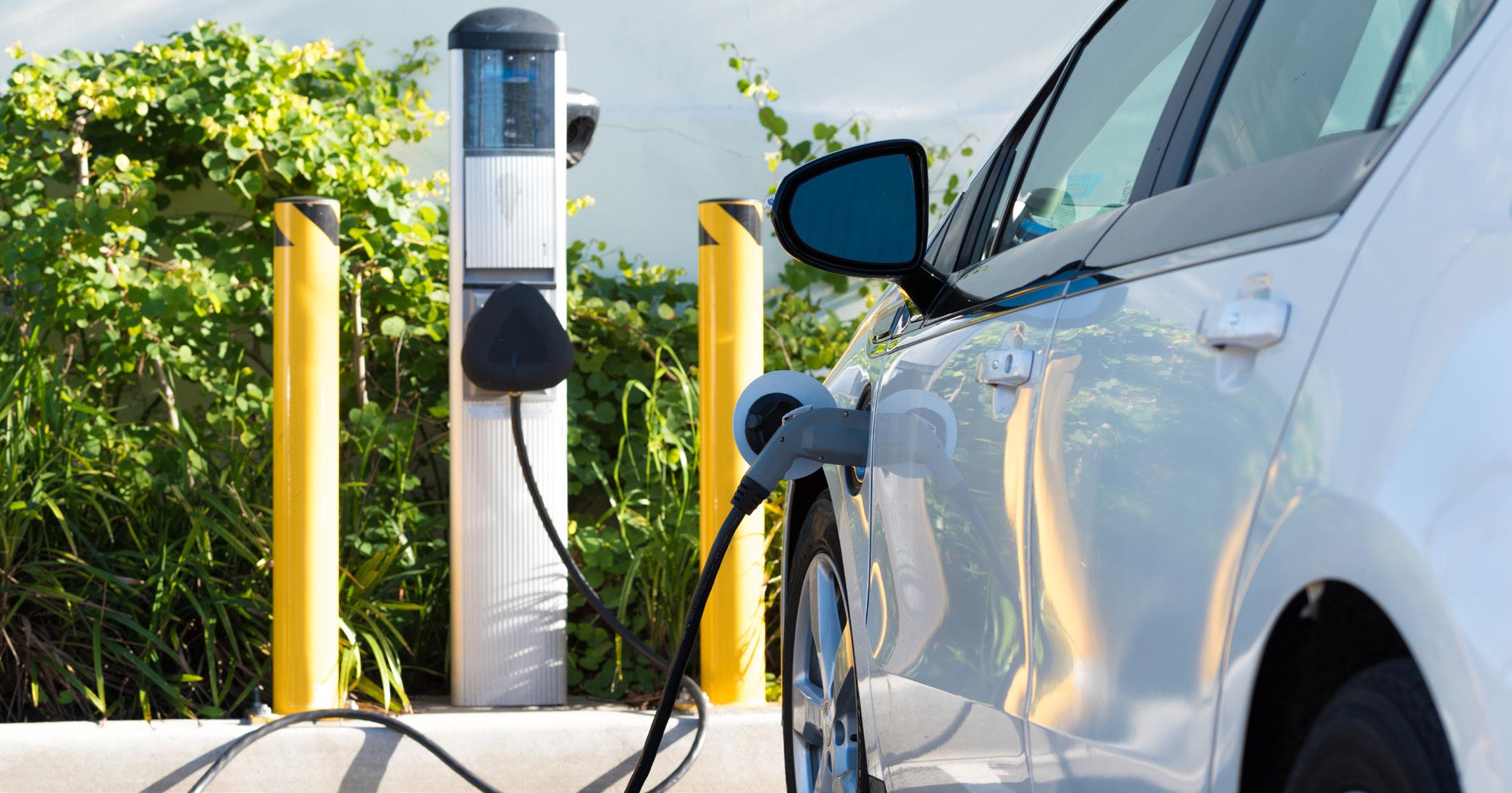
We have secured annual carbon emissions reductions of 76 million tons.

WRA secured over $300 million in state investments in transportation electrification in the last year and a half. That’s ten times the previous total collective investment in our region. We are on a path to securing at least an additional $300 million in the next few months.
WRA helped pass the region’s very first, and one of the nation’s first, clean heat bills that will force utilities in Colorado to reduce emissions from natural gas by over 25% by 2030.
WESTERN LANDS
We’ve helped to add new or additional layers of protection for wildlife habitat on 7.8 million acres in the past year.
Program funding in Colorado in 2021.
Our work helped secure over $200 million in appropriations for land conservation in Colorado and New Mexico.
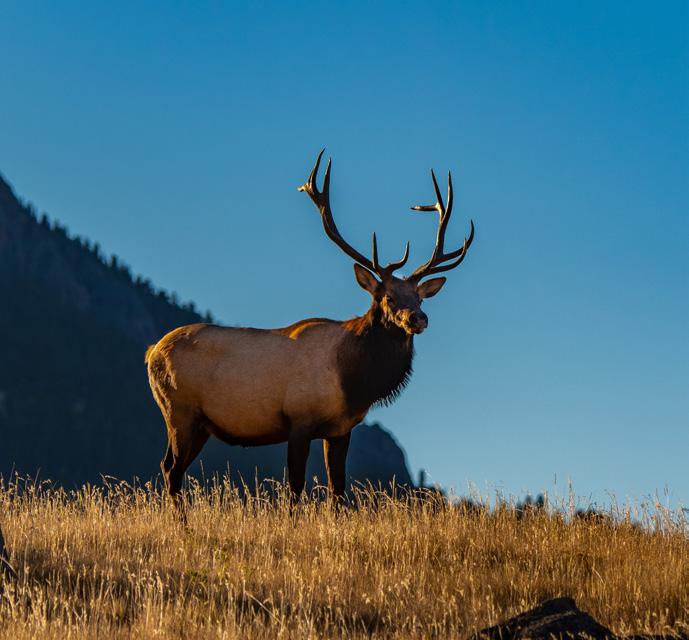

15
A New Look and More Ambitious Commitment
WRA is embarking on bigger and bolder goals than ever before to fight climate change and its impacts. This boldness requires a brand identity that reflects our ambitious plans, pragmatic path forward, and passionate experts.
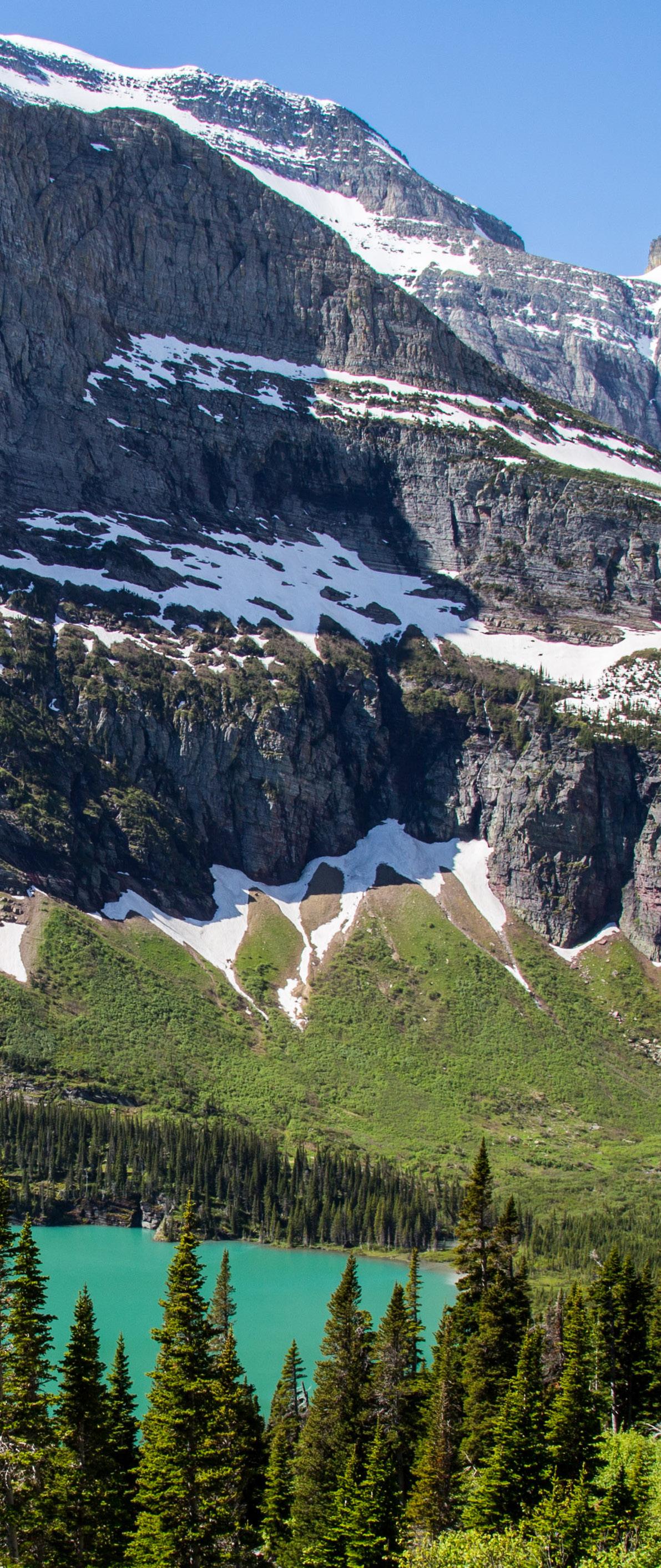
The urgency and complexity of the climate crisis requires us to think and act differently. We know we must be bold to address this problem, and our brand should reflect that boldness. As the climate crisis and its impacts are evolving, so are we. But our work is hard. WRA has an extraordinary team, and our staff and our supporters should feel inspired and invigorated by a brand that reflects and fully demonstrates our organizational values, and makes it easier for decision makers, partners, donors, supporters, and advocates to identify us and recognize our expertise.
Our new look is a more accurate reflection of who we are today.
Over the past decade, we have evolved into an effective, pragmatic, and goal-oriented organization that is results- and purpose-driven, with substantial impact across the whole of our seven-state region. Our work and our commitment to fighting climate change and its impact is who we are, and our new visual identity is designed to provide clarity that reinforces our commitment through our brand.
16
But make no mistake — our new brand doesn’t change who we are, it merely reinforces that we are doubling down on our efforts to fight climate change and are even more focused and determined for the challenges ahead.
LOGO
We included our acronym in our logo because “WRA” has become synonymous with who we are and our pragmatic, solutions-oriented policies to fight climate change.
WAVE
The wave represents harmony between the built and natural environment, the connection between the land, air, and water, and our constant commitment to forward progress.
COLOR PALETTE
We have a lively and engaging palette that is fresh, contemporary, and distinctive — a shift from the greens that are common in the climate and environmental space.
WRA is as dedicated as ever to our vision of rivers that flow to the sea and sustain generations to come, an economy that runs on carbon-free clean energy, half of all land being protected and connected, and thriving, resilient Western communities. This rebrand is a recommitment to these ambitious goals and the acknowledgement of the creative and groundbreaking work, alongside our partners and donors, that it will take to make this future a reality.
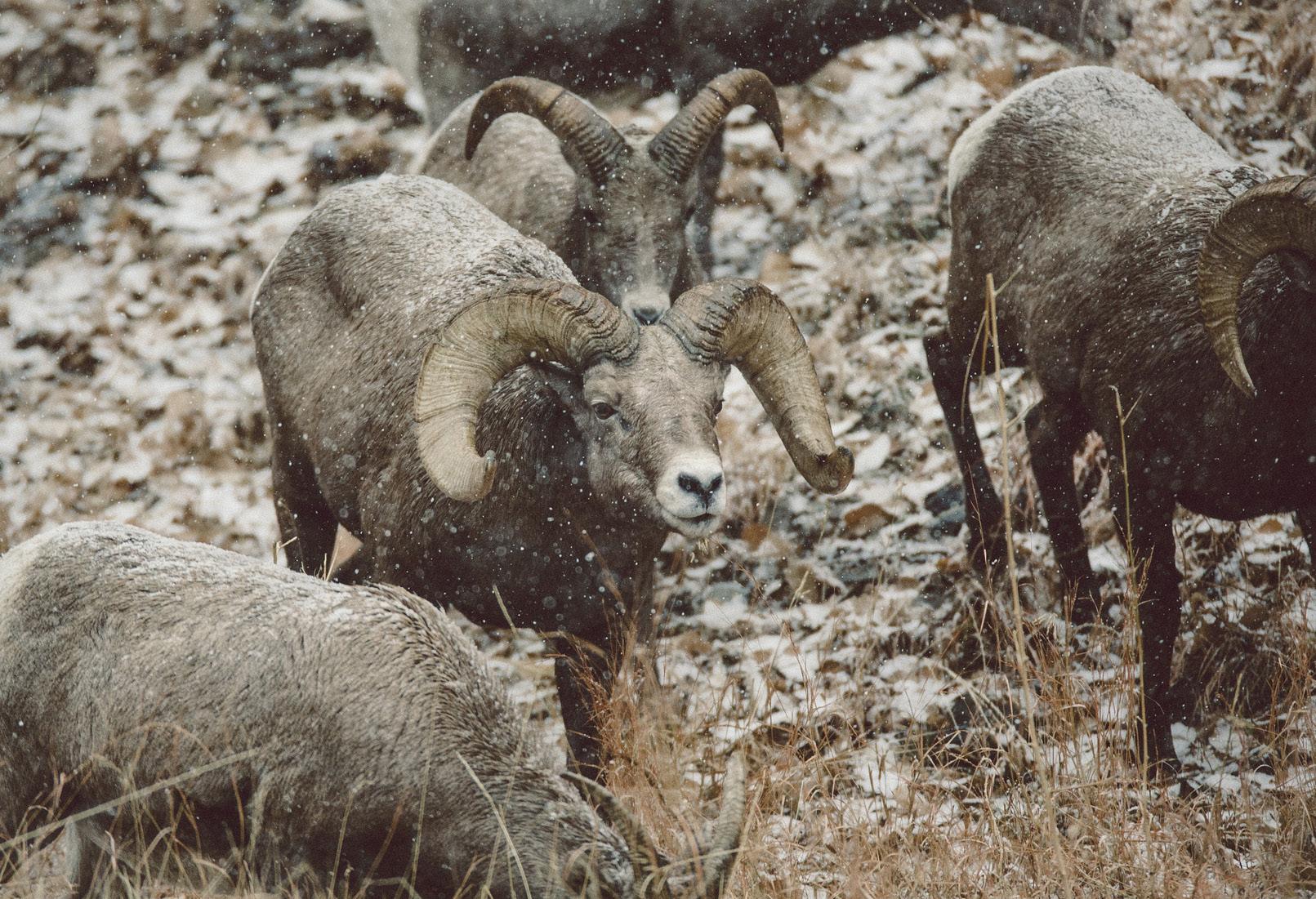
17
PALM GREEN MARIGOLD STONE
EVERGREEN AQUA GREEN WATER LEAF
Haiku
from mountaintops high rivers imitate our veins breathless, heartful world
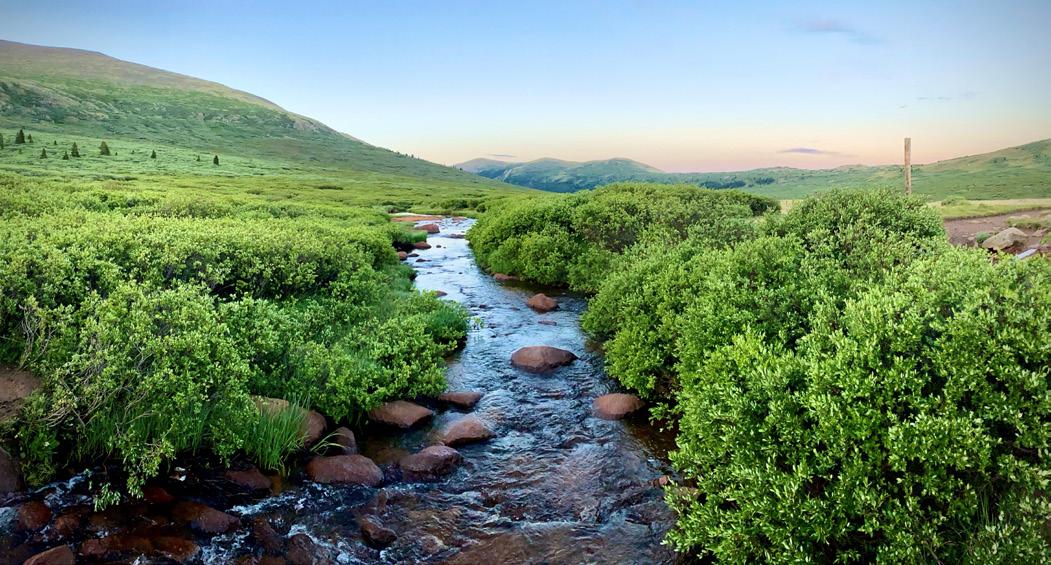
Clare Valentine | Colorado Resident
Our Love Letters To The West
On 8/8/22, I wrote a love letter to water, but I didn’t know it at the time. Returning now to those words, it’s clear that my companionship with and necessity for water are reflections of my parents’ love. I will always fear an end to its source: both water and love. An excerpt from the poem: Water doesn’t call or speak to me. It doesn’t acknowledge me when I arrive but it knows my feet will bring me there because they always do.


Like my father helping my mother unload the groceries when she comes home. A routine occurrence, but there’s magic.
Haley Fauntleroy | San Francisco, CA
There really is nothing like standing at the top of a mountain and looking out as far as you can see. Endless pine forests covering jagged snowcapped peaks, shimmering patches of aspens glistening in the sun, tucked-away meadows spotted with wildflowers. No matter how many miles of trails hiked or peaks summited, the vastness of the West always astonishes me. The opportunity to get lost in nature for an hour, a day, or even a week and still feel like there is so much more to experience is why I fell in love with the West. My endless adventure!
Seve Desoto | Colorado Resident Western Lands Energy Siting Policy Analyst | WRA
 Mt. Bierstadt, July 2020
Seve and his buddy hiking in Rocky Mountain National Park this summer.
Mt. Bierstadt, July 2020
Seve and his buddy hiking in Rocky Mountain National Park this summer.
The Lasting Impact of Gratitude
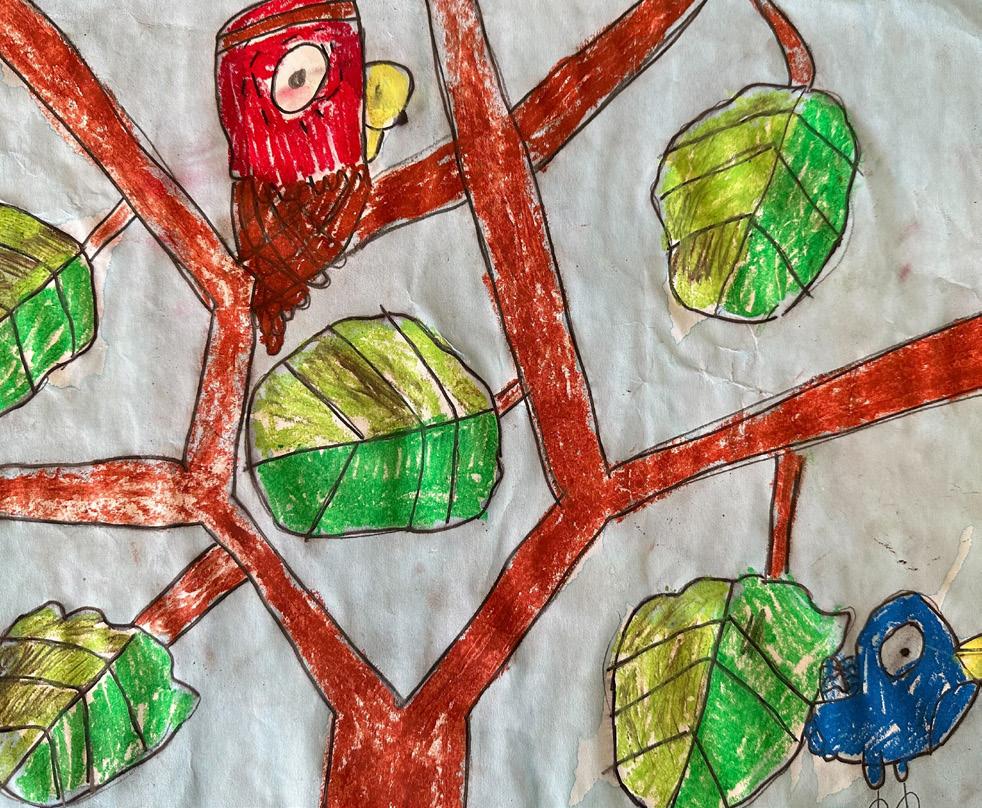

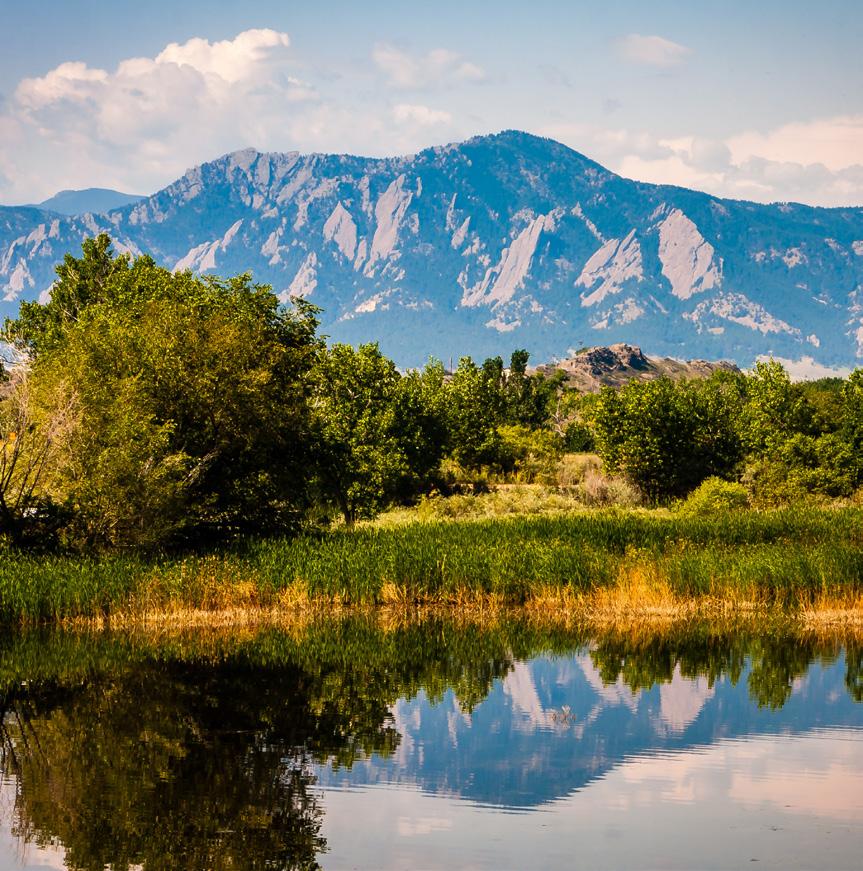
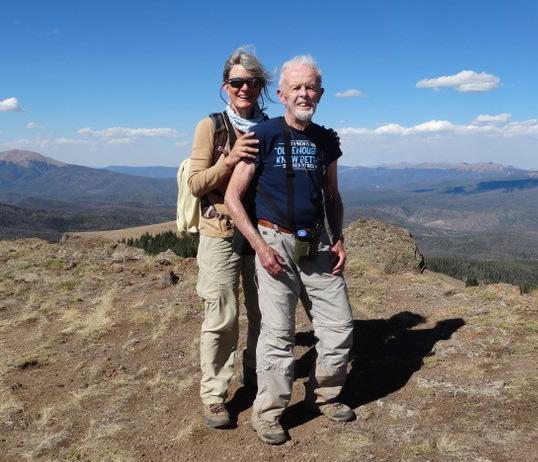
“Take a breath offered by friendly winds.

... Give it back with gratitude.”
This is one of my favorite lines from Joy Harjo, who served as the United States Poet Laureate and was the first Native American in this role. Her point is that it’s not enough to merely say thank you. We have to share what we’ve been given; we have to pass it on. What we breathe in, we breathe out – for the next person, and the next generation, to breathe in and breathe out. My father, who’s always been an avid outdoorsperson, recognized all the wisdom and guidance he’d gained from the natural world. As part of his expression of gratitude for all he’d received from nature, he is passing it along to his children.
Life Elevated
The air here is scarce. My skin cracks and the warm melanin of my skin looks pale from the lack of lotion that I must reapply every 2 hours. My lungs crave the moisture that proximity to the Pacific Ocean brings that has been replaced with the work it takes to simply walk at this elevation. And yet, I turn to the west and see the magnificence of the Flatirons, my eyes span across to the east to the great plains that hold the world’s most underrated biodiversity. Turns out Colorado has it all, save for air.
WRA Board Secretary Carla Hamre Donelson and her father on the summit of Elk Mountain on his 90th birthday.
Such a beautiful place to be
Two Love Birds by Dylan S., First Grade | Arizona
Alma “Rosie” Sanchez | Colorado Resident
FROM YOUR FIELD
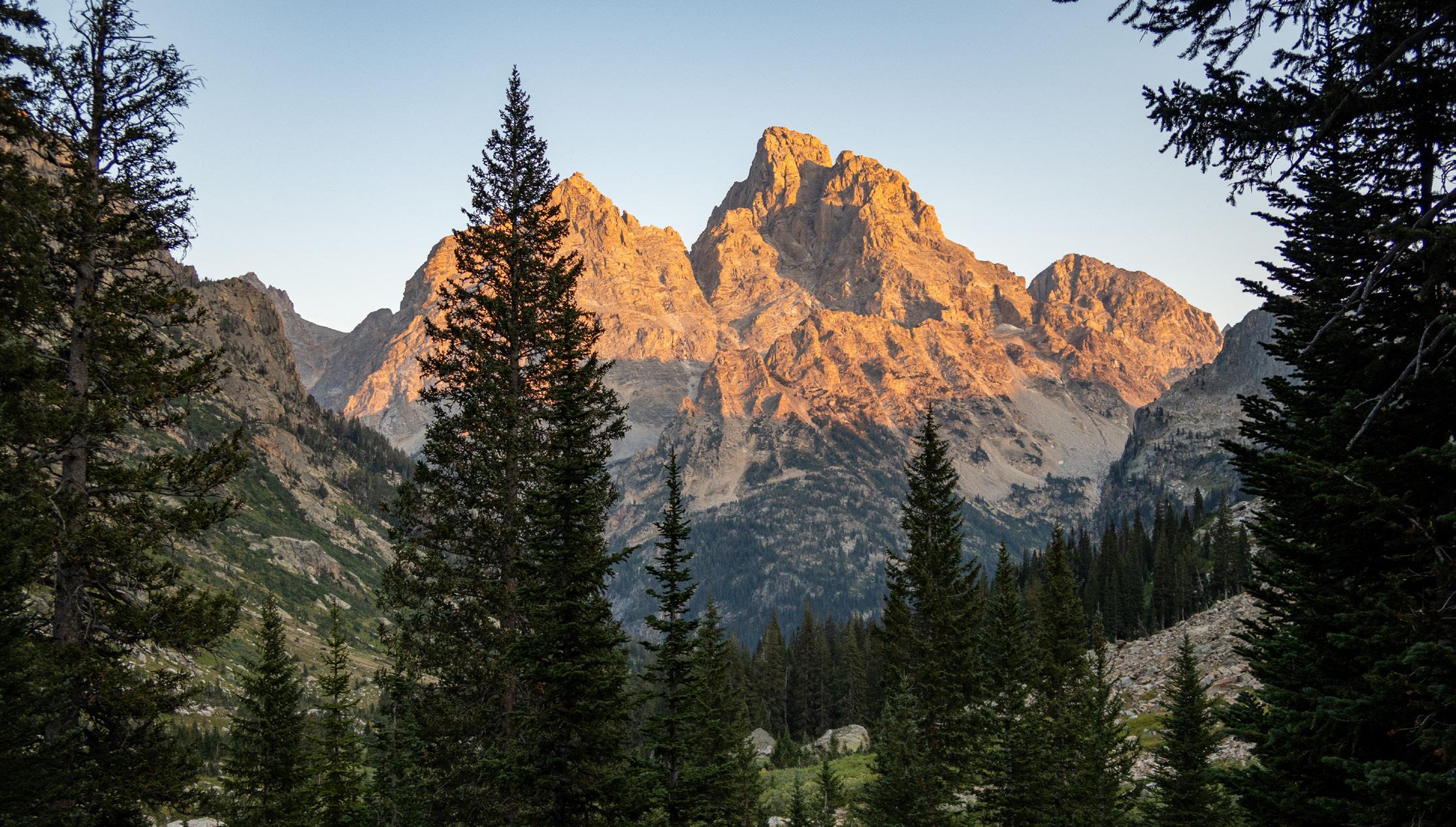
20
2260
Road
200
80302
more information
WRA
a donor,
contact Annual Fund
Erika Stadsklev at erika.stadsklev@westernresources.org or 720.763.3734. WesternResourceAdvocates.org Non-Profit Org. U.S. Postage PAID Boulder, CO Permit No. 406
Longtime donor Bob Walker captured a breathtaking view of the sun shining on the Teton Crest Trail mountains in Wyoming.
Baseline
Suite
Boulder, CO
For
about
or becoming
please
Specialist





 JON
JON





















 By Jon Goldin-Dubois
By Jon Goldin-Dubois



















 Mt. Bierstadt, July 2020
Seve and his buddy hiking in Rocky Mountain National Park this summer.
Mt. Bierstadt, July 2020
Seve and his buddy hiking in Rocky Mountain National Park this summer.





